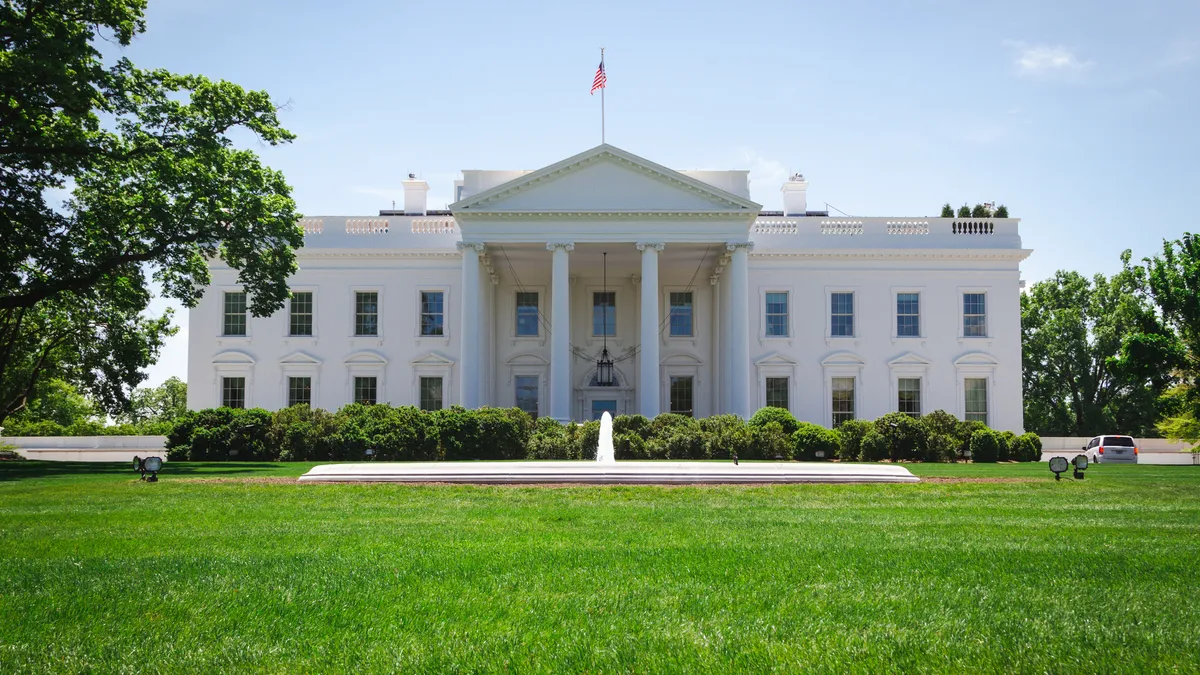Dive Brief:
- The U.S. is raising tariffs on medical products imported from China, amid a broader set of tariff hikes announced by President Joe Biden on Tuesday.
- The tariff rate on syringes and needles will increase from zero to 50%, and the rate for certain respirators and face masks will increase to 25% this year, from the current range of zero to 7.5%. Tariffs on rubber gloves will increase from 7.5% to 25% in 2026.
- The rate hikes focus on areas where the Biden administration has sought to boost domestic production, such as medical supplies that were essential to the COVID-19 pandemic response.
Dive Insight:
The Biden administration on Tuesday unveiled steep tariff hikes on products including semiconductors, electric vehicles, batteries and medical products. The increases are intended to “encourage China to eliminate its unfair trade practices regarding technology transfer, intellectual property, and innovation,” the White House said in a Tuesday statement.
The rate changes follow a statutory four-year review of previous tariffs on China, which found that China has not eliminated many of its technology transfer-related acts, U.S. Trade Representative Katherine Tai said Tuesday.
For medical products, the tariff increases focus on syringes, face masks and gloves — areas where the U.S. has sought to ramp up domestic production after the start of the pandemic.
The U.S. imported $14.05 billion in medical equipment in 2023, and has imported $14.99 billion so far this year according to Census data.
China’s commerce ministry said Beijing opposed the tariff hikes and would take measures to defend its interests, according to Reuters.
The actions come as Europe also evaluates its trade policies with China. Last month, the European Commission launched an investigation alleging that China’s procurement market for medical devices has become more closed to European companies and products.
Meanwhile, medical device firms have also been grappling with changes to how the Chinese government pays for products. An anti-corruption campaign last year and volume-based procurement policies, which seeks to lower prices through large-volume procurement, have affected device sales.
Correction: This article has been updated to reflect the total amount of medical equipment imported to the U.S.














